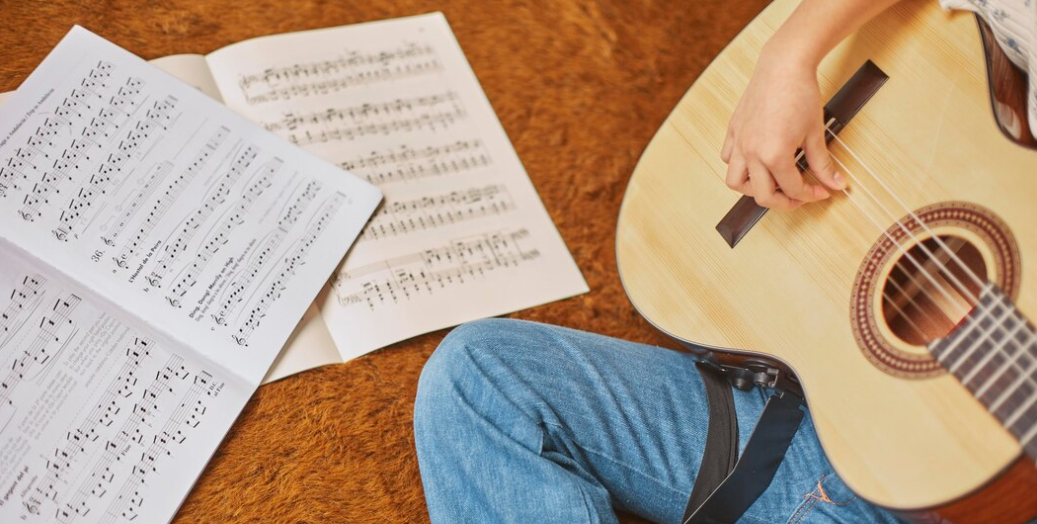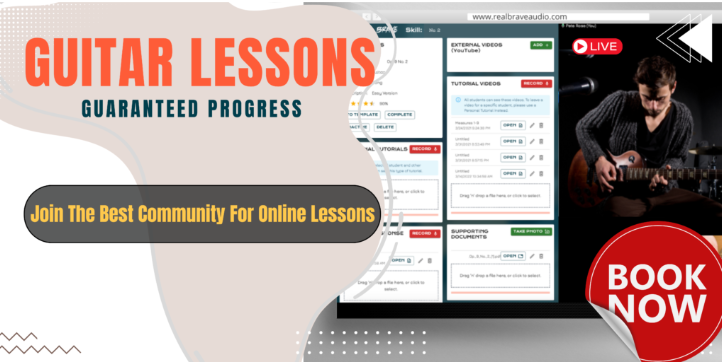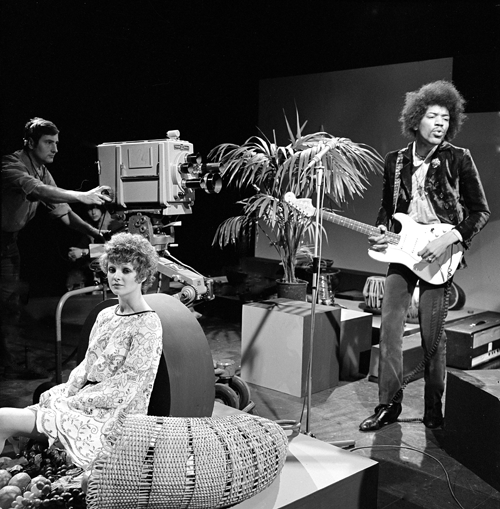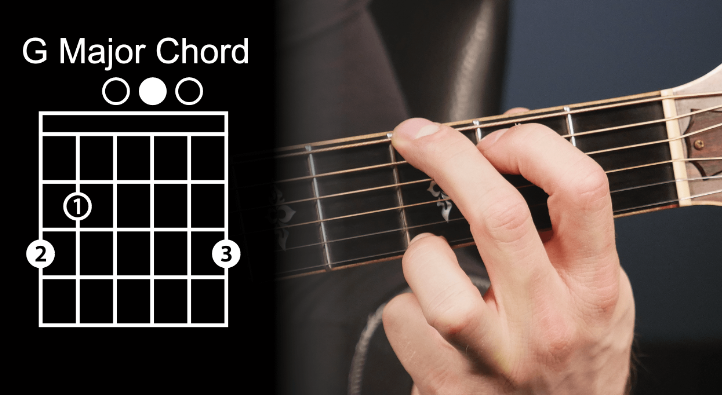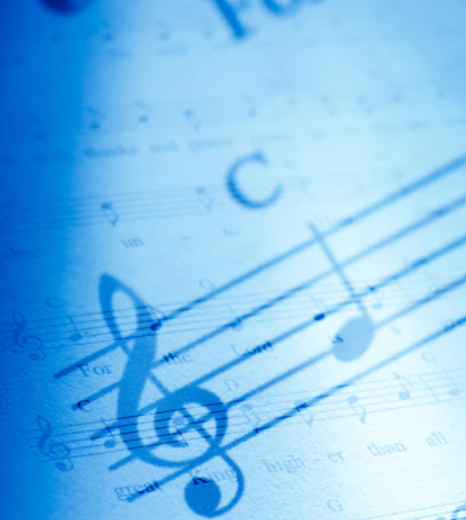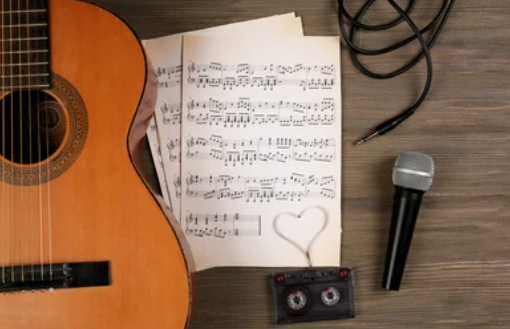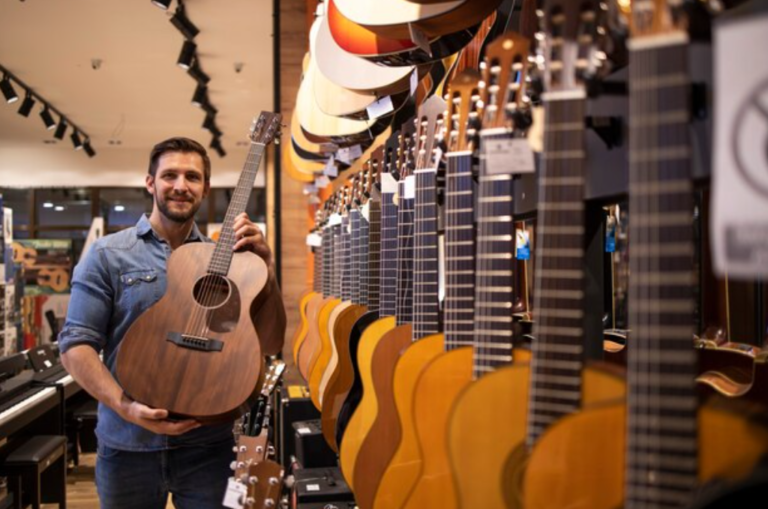How To Play The A Major Scale On The Guitar
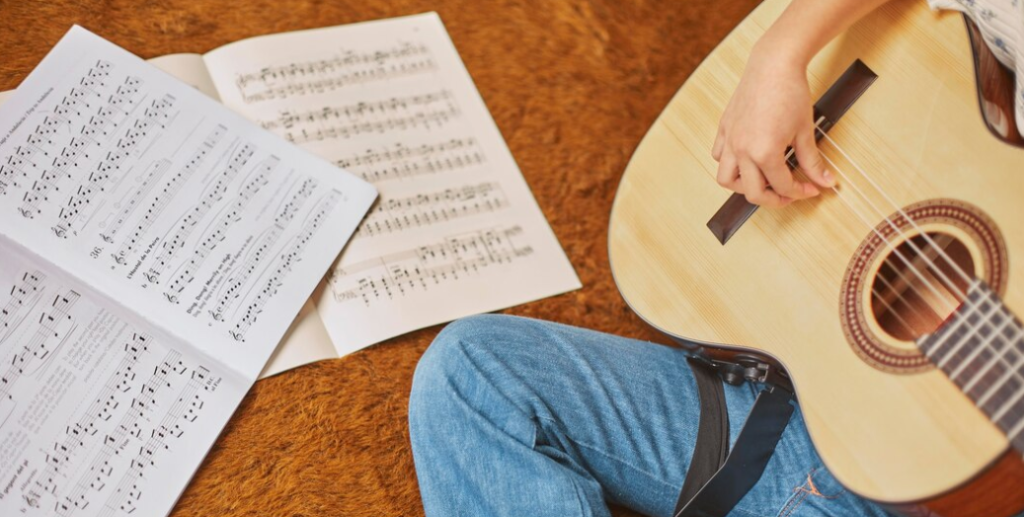
Welcome to the world of the A Major scale, a scale that beckons guitarists to explore the realms of pop and more. In this blog, we embark on an exploration of the A Major scale. Whether you’re a beginner seeking to grasp the fundamentals or an experienced guitarist aiming to deepen your understanding, the A Major scale is a gateway to musical brilliance.
In this blog, we’ll take a look at what notes make up the A major scale and learn how to play this scale in two positions. Are you Ready to get started?
The Foundation of A Major
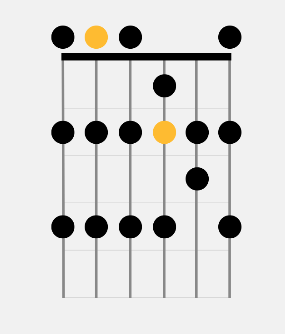
The notes that compose the A major scale are :
- A
- B
- C#
- D
- E
- F#
- G#
You can play the A major scale in many different sections on the fretboard of your guitar but it doesn´t matter where you start, the A major scale will always contain these same seven notes.
Now, let’s dive into the different positions and finger placements you’ll need to learn to play the A major scale on the guitar.
The A Major Scale Positions
We will explain this section with the help of diagrams which will make it easier to understand. The yellow dots indicate the root note of the scale and the rest of the dots are each note you’ll play on a specific fret and string.
A Major Scale (Open Position)

- Use your index finger to play notes on the 1st fret
- Your middle finger for notes on the 2nd
- Your ring finger for the 3rd
- And your pinky finger for the notes on the 4th
To play the A major scale in the open position, start by playing an open note on your A string, followed by placing your middle finger on the 2nd fret of that string then, keep following the tab to complete playing the scale.
A Major Scale – 4th Position
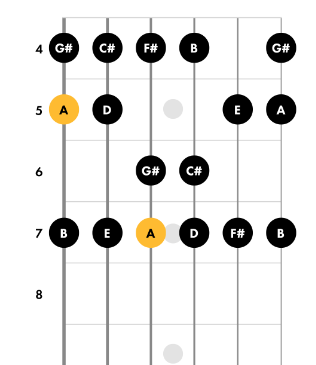
- Now, moving your hand up, place your index finger on the 4th fret to play the A major scale in the 4th position
- Start with placing your middle finger on the 5th fret on the E string.
- Place your ring finger for the notes on the 6th fret
- And your pinky finger for the notes on the 7th fret
Let’s Do Some Exercises
To memorize and master the A major scale, the secret is to play it as many times as possible. Make sure to place your fingers strongly on each fret and string. Practice playing it in the 2 positions taught here. Once you feel comfortable you can start playing it faster. And don’t forget to practice with regularity and you will notice strength on your fingers.
In conclusion, whether you’re a beginner or an experienced guitarist, let the A Major scale be your guide to a world of musical creativity and expression. As you traverse its notes, may you discover the endless possibilities that await within this harmonic realm. Happy playing!
Author: Daniel Powers Jr, the founder of Real Brave™, serves as the chief inspiration to thousands of students in the Real Brave music instruction program. He’s also the visionary behind PracticePad™, an online platform for live one-on-one online music lessons, lesson tracking, and scheduling. Beyond his entrepreneurial pursuits, Daniel leads a non-profit organization that provides formerly homeless children with access to music education, making a profound impact on their lives. His unwavering dedication to music, innovation, and education continues to inspire individuals to reach their fullest potential while creating positive change in communities. Follow Real Brave on all the socials:
youtube.com/@realbraveinc
twitter.com/realbraveinc
https://www.tiktok.com/@realbraveinc
instagram.com/realbraveaudio
facebook.com/realbraveinc
